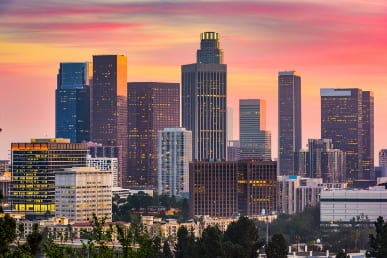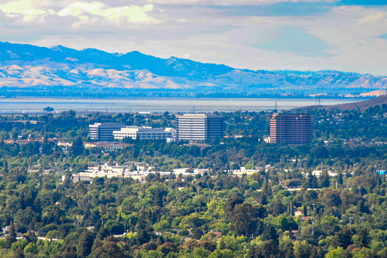By Attorneys Ben Loveman & Nancy E. Miller

The waiting times to bring family members to the United States can seem endless. Sponsoring unmarried or married children over the age of twenty-one through family based sponsorship can take decades. This is one reason we always encourage exploration of alternatives such as employment-based sponsorship. In the past, employment based sponsorship saw long wait times as well but recently those wait times have dramatically decreased especially for nationals of the Philippines as well as for many other countries.
The most recent visa bulletin brought continued good news as waiting times for immigrant visas in employment based categories continue to plummet for many categories and nationalities. It is important to point out that wait times vary amongst various visa categories as well as country of nationality of the sponsored future immigrant. The biggest reduction in waiting times recently has been realized in the EB-3 category for person from the Philippines, Mexico, and for persons who fall in the all other countries category. For instance, estimated wait times for the employment based third (EB-3) category for the Philippines and most other countries dipped below two years with the bulletin indicating that visas are available for persons with priority dates on or before December 1, 2015.
The EB-3 category includes sponsorship for skilled and unskilled workers with or without college degrees or significant experience. Thus, an employer from the United States could sponsor a potential future employee from abroad to work in their business whether it be a nursing facility, care-home, restaurant, landscape business, or really any type of business and any type of position. Further, for sponsorship in the EB-3 category it is not necessary that the position require experience or a college degree. For persons from the Philippines the approximate wait is about two-years while persons from Mexico, El Salvador, Guatemala, Honduras or in the all other countries category (which covers all countries except those listed, India, and Mainland China) there is no wait time for an immigrant visa.
The process for employment based sponsorship is, in most instances, a three step process consisting of an application for labor certification to ensure that there are no U.S. workers who are able, willing and available to take the job, the immigrant visa petition which focuses (among other issues) on whether the intending immigrant is qualified for the job and whether the employer has the ability to pay the prevailing wage and the actual application for the green card which may involve consular processing or adjustment of status in the United States, depending on eligibility. Each step is heavily regulated and must be carefully followed and documented. However, when the labor certification is prepared by a lawyer experienced in employment-based immigration, the likelihood of a successful outcome is high. An approved labor certification will lead to permanent resident status for the sponsored future employee and for their spouse and children under the age of 21.
As stated above, for most cases, the first step in employment based sponsorship will be the filing of a labor certification application (also known as a “PERM” application) with the U.S. Department of Labor. Before this can be done the employer is required to test U.S. labor markets by conducting a specific pattern of recruitment and obtaining a prevailing wage determination from the U.S. Department of Labor. Following certification of the PERM application, the employer files an immigrant visa petition with United States Citizenship and Immigration Services. Once that is approved the beneficiary must wait until a visa is available. At that point, s/he is eligible to apply for an immigrant visa at the Embassy abroad or to apply for adjustment of status from within the United States if present and otherwise eligible.
The reduction in employment based immigrant visa backlogs means that for most people it will be far faster to be sponsored by a business than it will to be sponsored by a family member. Of course, successful sponsorship requires a job offer and a willing future employer but as the United States economy continues to thrive the need for foreign labor has continued to grow. Employment based immigrant visa sponsorship is an option that should be explored and utilized as a means of helping businesses grow and flourish as well as of reuniting families more quickly. If you or a loved one might benefit from employment based sponsorship you should consult with a reputable and experienced immigration attorney to discuss the process.




